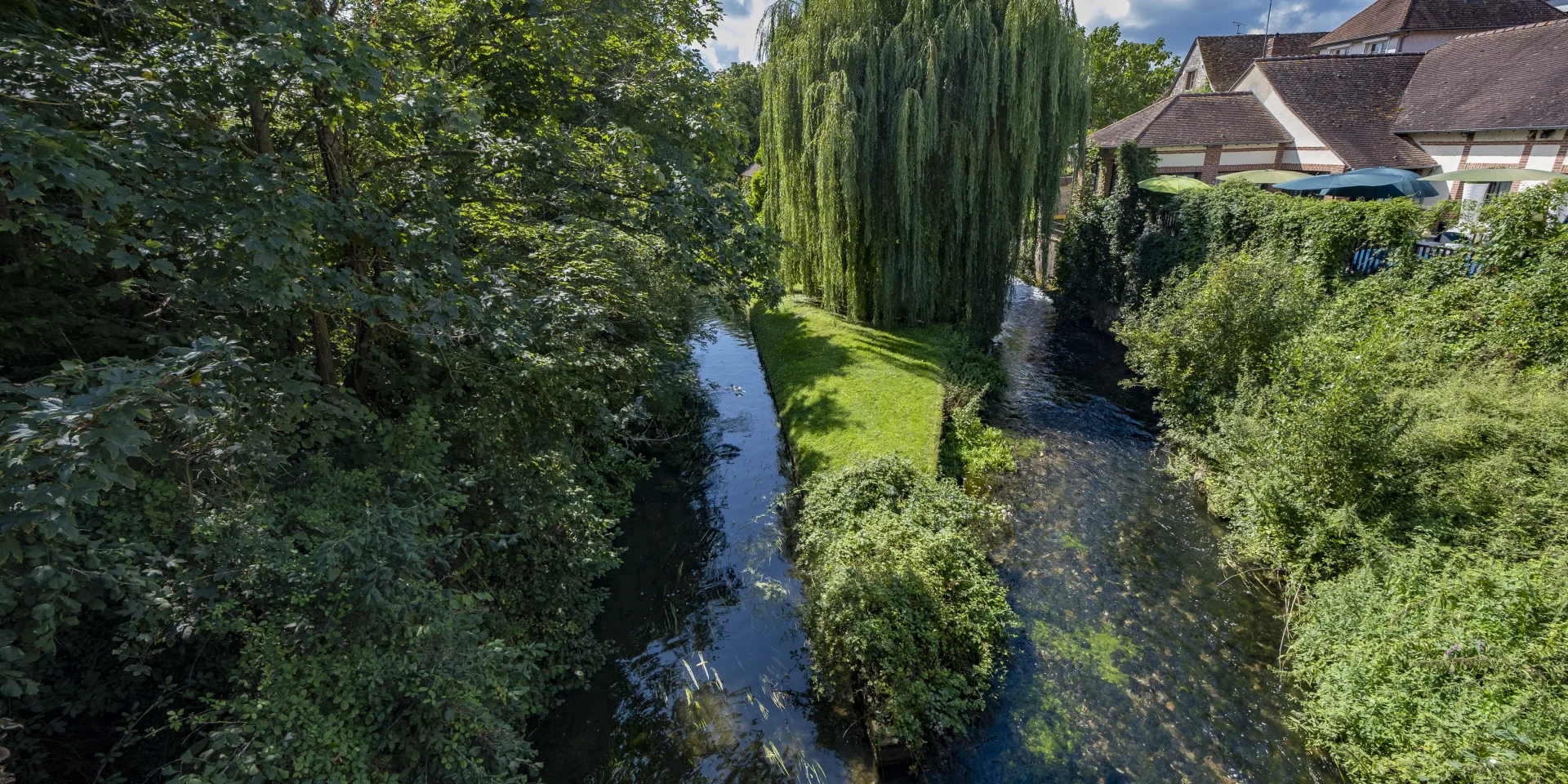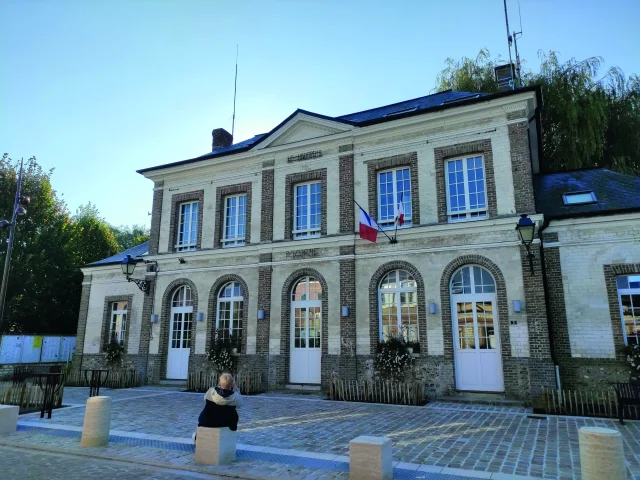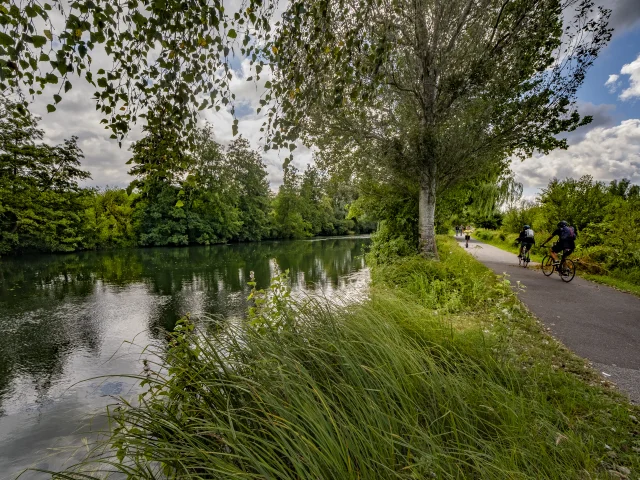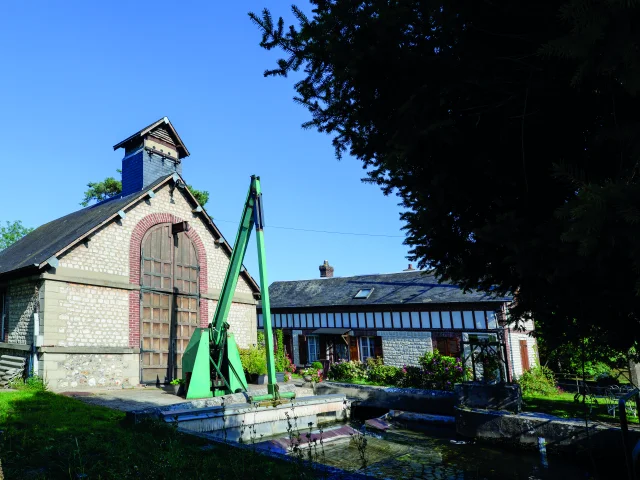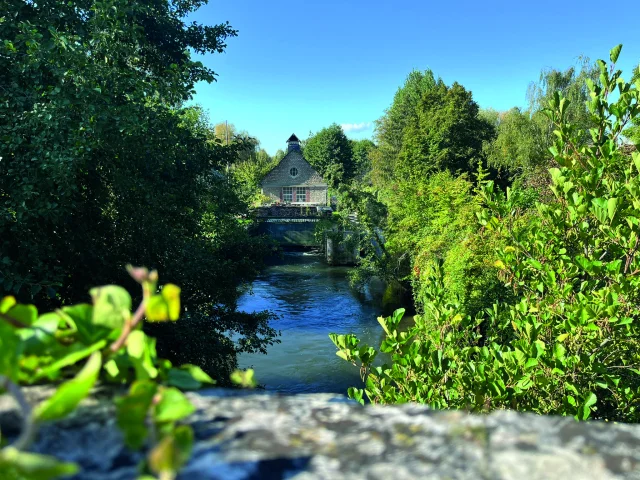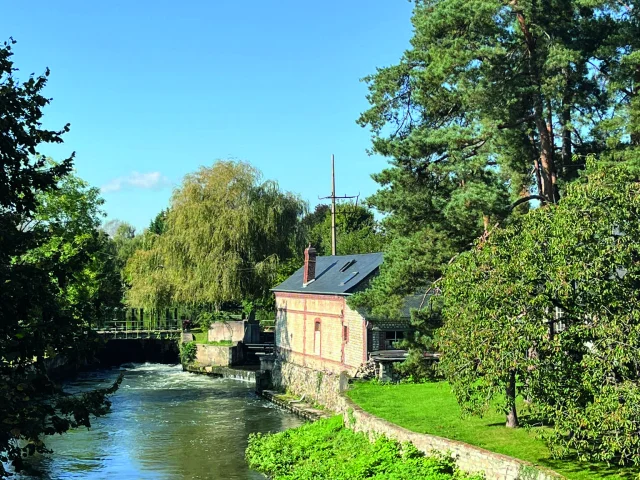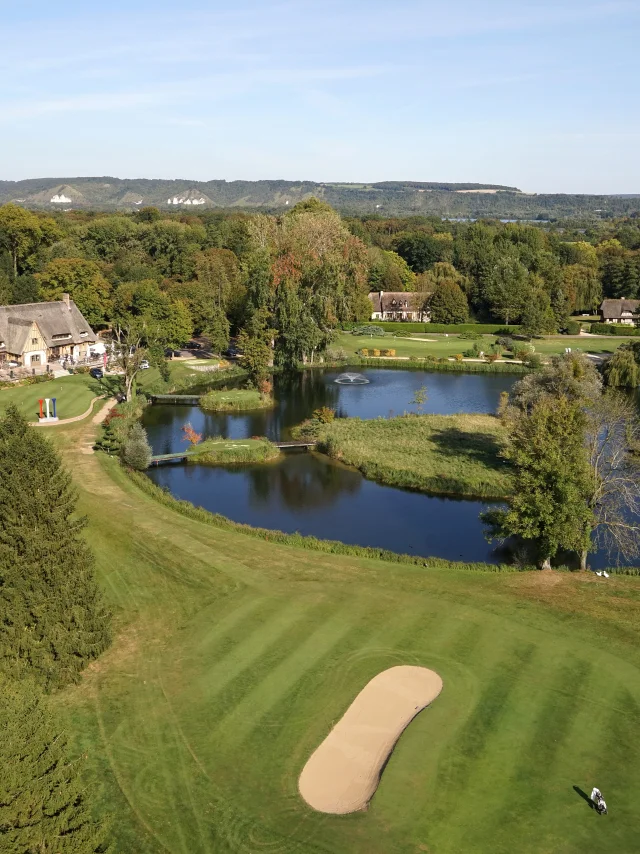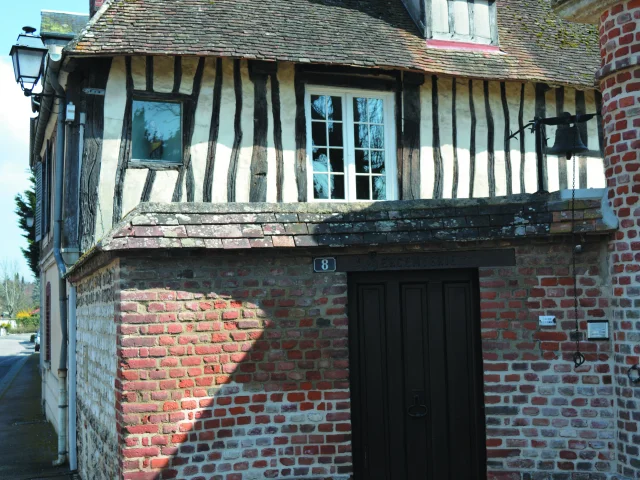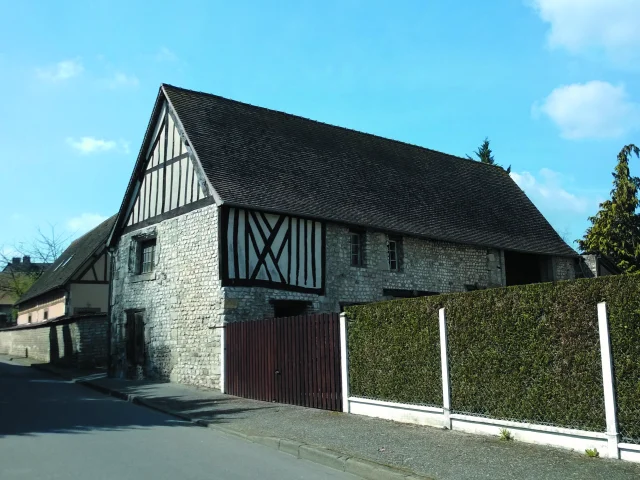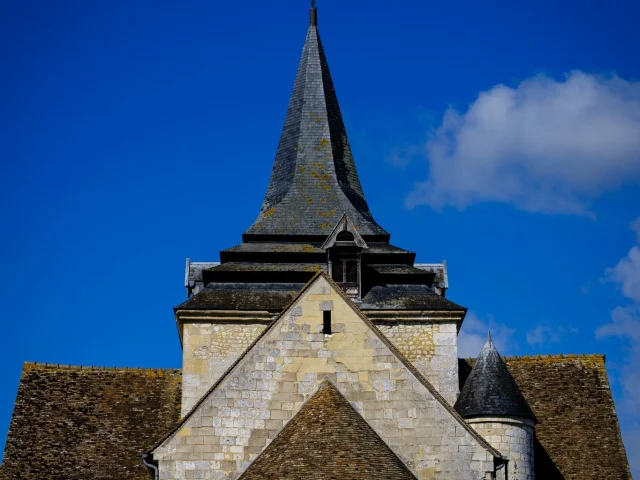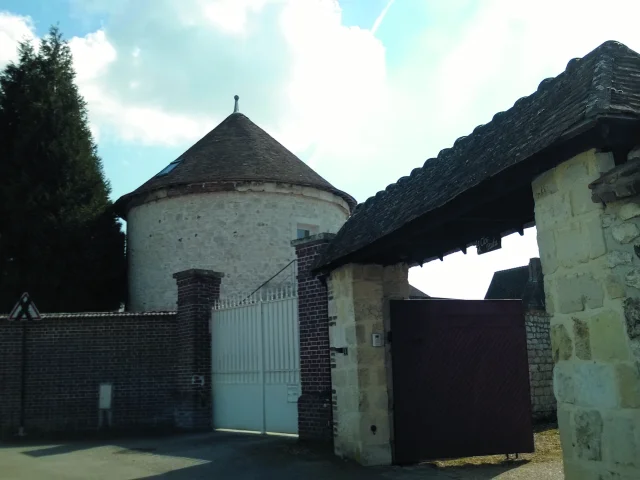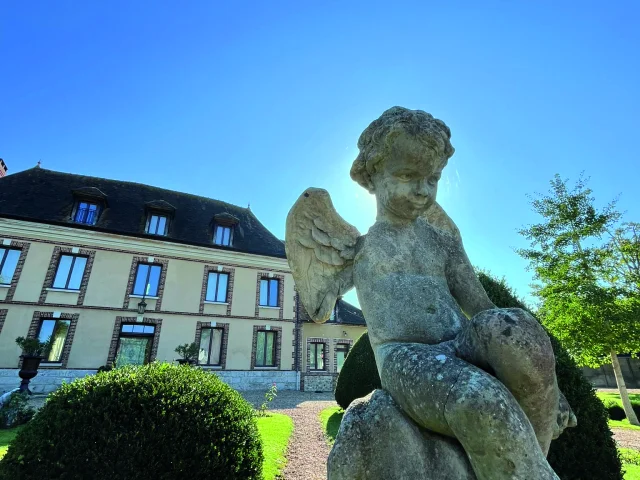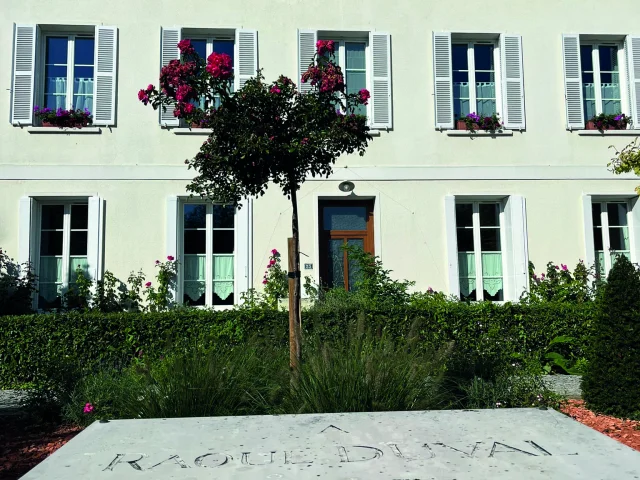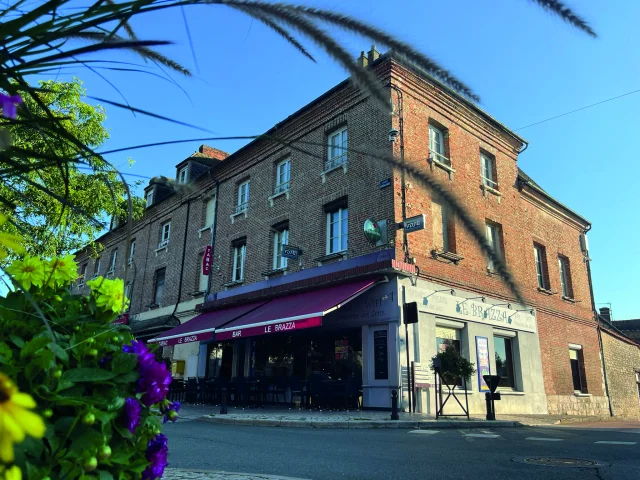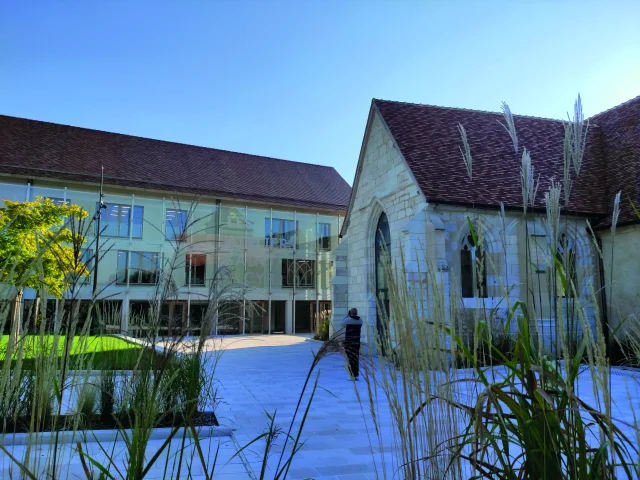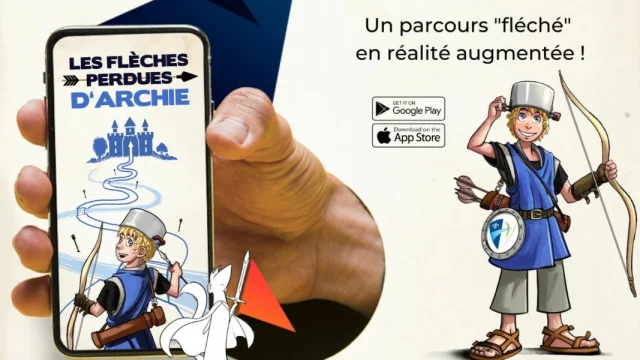Military lock and royal residence
A key crossing point over the Eure on the royal road from Paris to Rouen, Le Vaudreuil, whose name means “the valley of the ford clearing”, was a popular place of residence for the first Merovingian kings, then a stronghold of the Dukes of Normandy and Kings of England, thanks to the fortified castle built by Henry Beauclerc, son of William the Conqueror. Coveted by Richard the Lionheart and Philip Augustus, the stronghold of Le Vaudreuil became one of the military strongholds of Normandy and later a pleasant royal residence where the elegant Saint Louis stayed, as well as Philip the Fair “the Iron King” and John II, known as “John the Good”.
